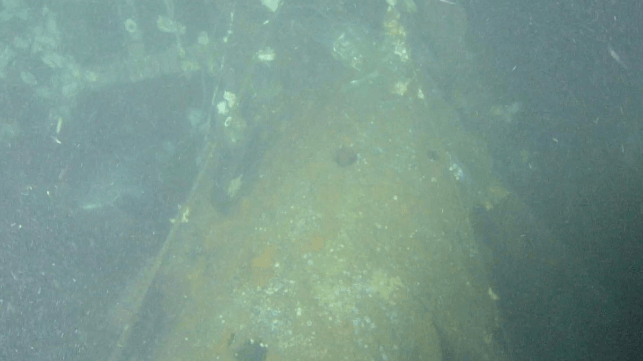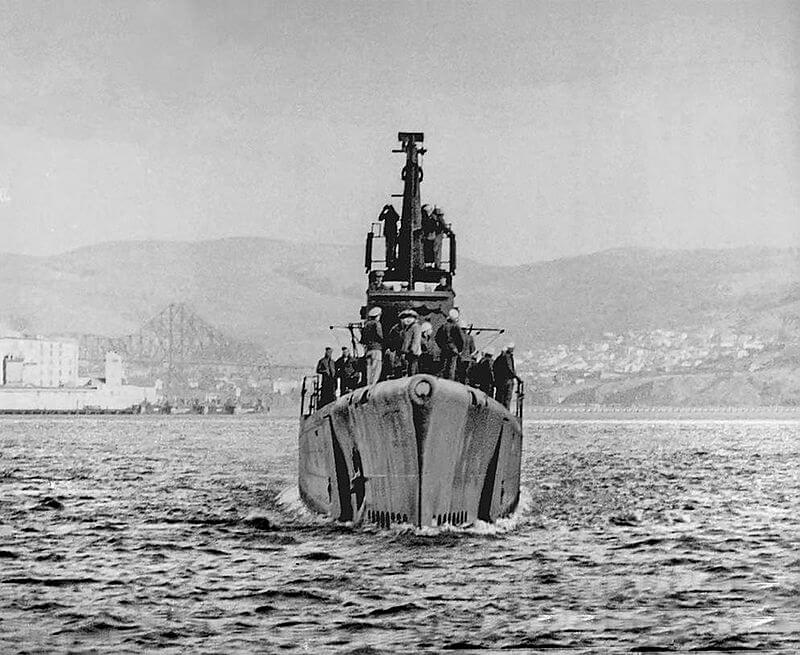U.S. Navy Confirms Location of Lost WWII Sub USS Albacore

Naval History and Heritage Command has confirmed the identity of a wrecked submarine off the coast of Hokkaido, Japan, as the lost USS Albacore (SS 218).
NHHC’s Underwater Archaeology Branch (UAB) worked with Dr. Tamaki Ura of the University of Tokyo to confirm the identity of Albacore, which was lost at sea on Nov. 7, 1944.
“As the final resting place for Sailors who gave their life in defense of our nation, we sincerely thank and congratulate Dr. Ura and his team for their efforts in locating the wreck of Albacore,” said NHHC Director Samuel J. Cox, U.S. Navy rear admiral (retired). “It is through their hard work and continued collaboration that we could confirm Albacore’s identity after being lost at sea for over 70 years.”

USS Albacore off Mare Island, 1944 (NHHC)
Albacore was built by the Electric Boat Company in Groton, CT and commissioned on June 1, 1942. She conducted 11 war patrols and is credited with 10 confirmed enemy vessel sinkings (and potentially as many as three more unconfirmed). Six of the ten enemy sinkings were enemy combatant ships, ranking her as one of the most successful submarines against enemy combatants during the war. These include the light cruiser Tenryu and the aircraft carrier Taiho.
USS Albacore departed Pearl Harbor for her final patrol in October 1944, and she and her crew were never heard from again. Japanese war records indicated that an American submarine had hit a naval mine near the coast of Hokkaido on Nov. 7, 1944, and related documents from the Japan Center for Asian Historical Records (JACAR) guided Dr. Ura’s missions. The location mentioned in the records lined up with an independent effort by UAB volunteers to find the location of the shipwreck.
Dr. Ura’s team visited the site with an ROV team to confirm the historical data. Strong currents, marine growth, and poor visibility made it challenging to get good imagery of the wreck, but several key structural elements stood out and allowed the team to make a positive identification.
In particular, the ROV video footage showed documented modifications made to Albacore before her last patrol, including an SJ radar dish and mast, a row of vent holes along the top of the superstructure, and the lack of steel plates along the upper edge of the fairwater. These were unique enough that the team could confirm the wreck as the Albacore.
Like other lost U.S. naval vessels, Albacore is a protected site, under the jurisdiction of NHHC. "Most importantly, the wreck represents the final resting place of sailors who gave their life in defense of the nation and should be respected by all parties as a war grave," the agency noted.
Locating lost wrecks can add detail to historical records, but it also has meaning for the families of the fallen. William Bower II, the son of Albacore engineering officer Lt. William Walter Bower, told CNN that the knowledge helped bring him closure.
“I know that he was lost somewhere off the coast of Japan,” said an emotional Bower. “But to actually know the spot where the remnants of the submarine are is much more meaningful."
